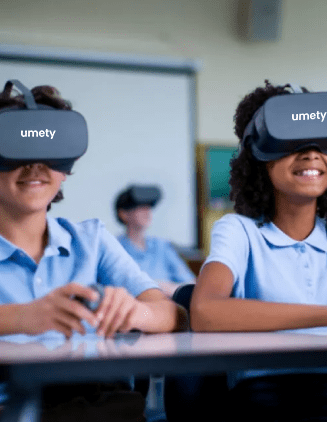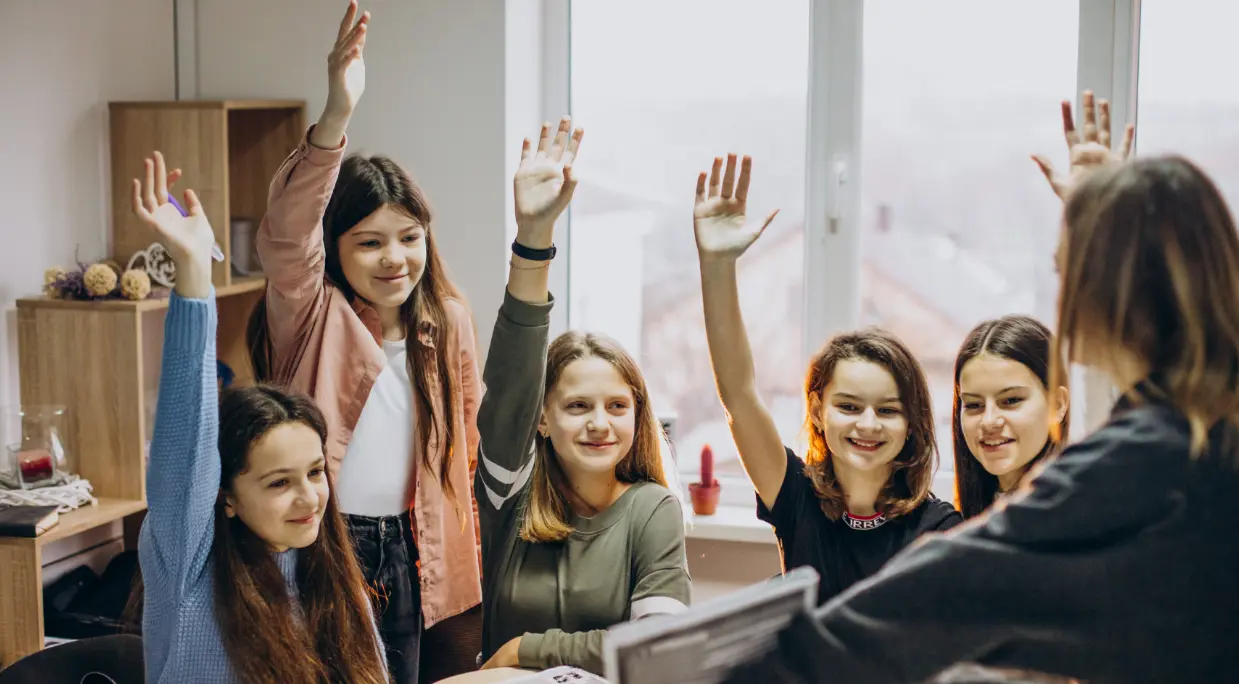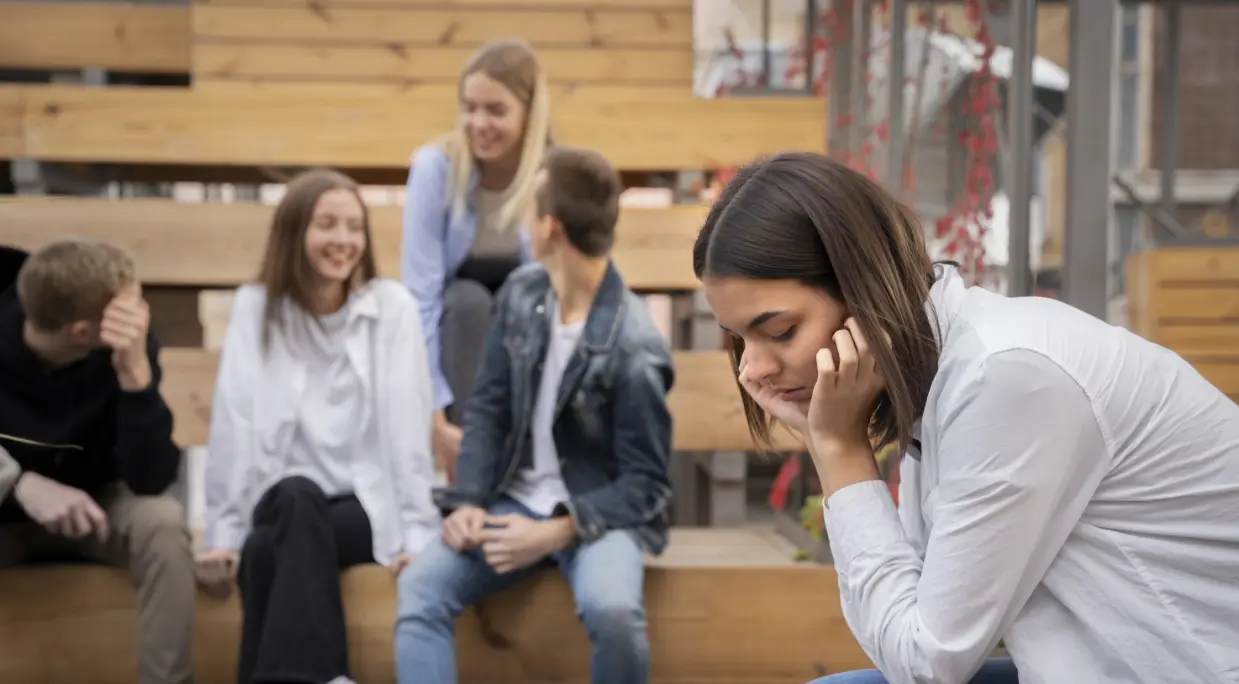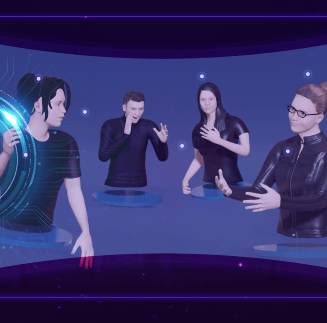Special education
How virtual reality makes a positive difference in special education
Every student can learn, just not in the same way
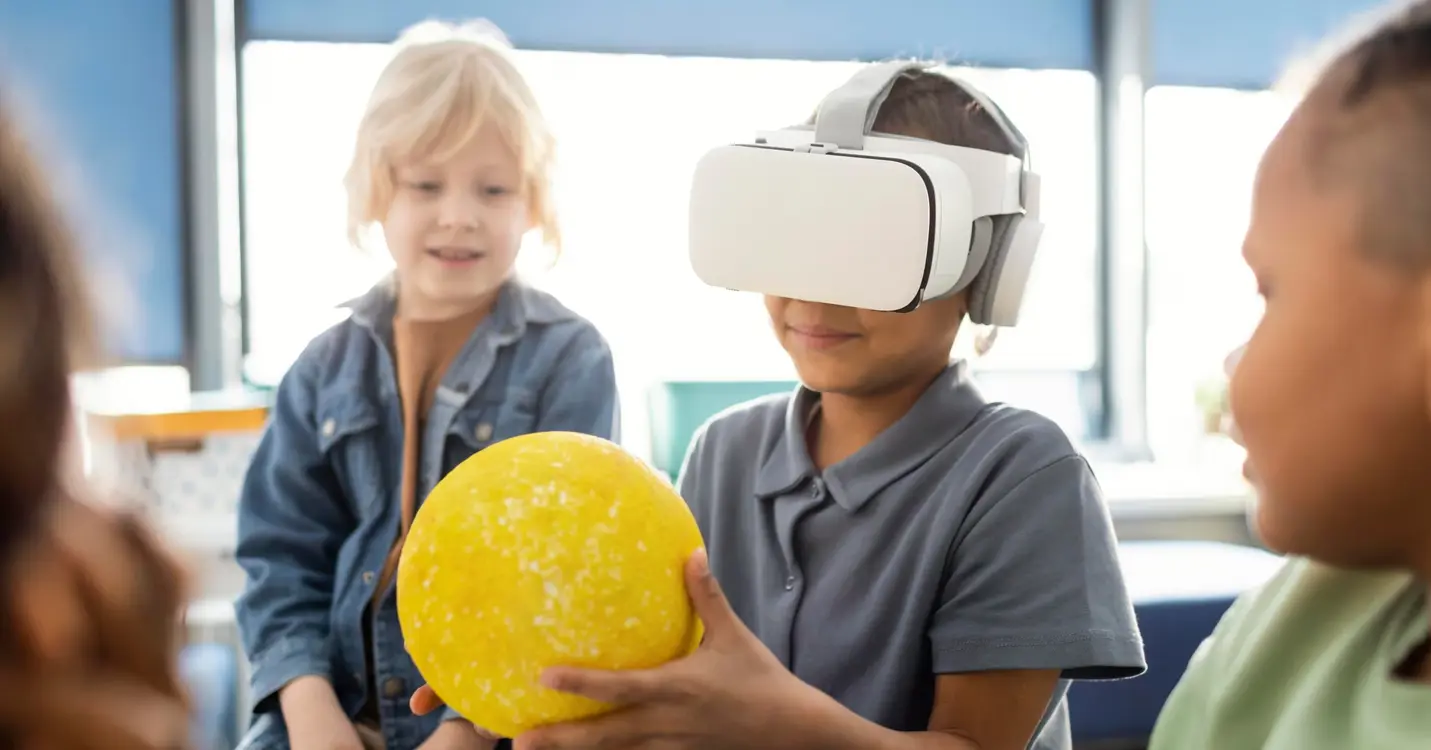
We can make special education a special experience for our students. One that caters to their needs while also entertaining them and increasing their motivation to learn. With virtual reality in the classroom, we can excite and delight our students while still maintaining a stimulating learning environment.
As teachers, we’re all familiar with the saying, “If you know one autistic person, you know one autistic person.” What it means is that no two people with autism have the same level of needs, and each one experiences the world differently. From a teaching perspective, it means that each student has their own unique needs that must be taken into account when lesson planning.
While you’re considering your student’s learning needs, you also want to increase motivation to participate by making sure there are a variety of ways to learn available in the classroom. With modern technology, we have more options than ever to engage students in special education.
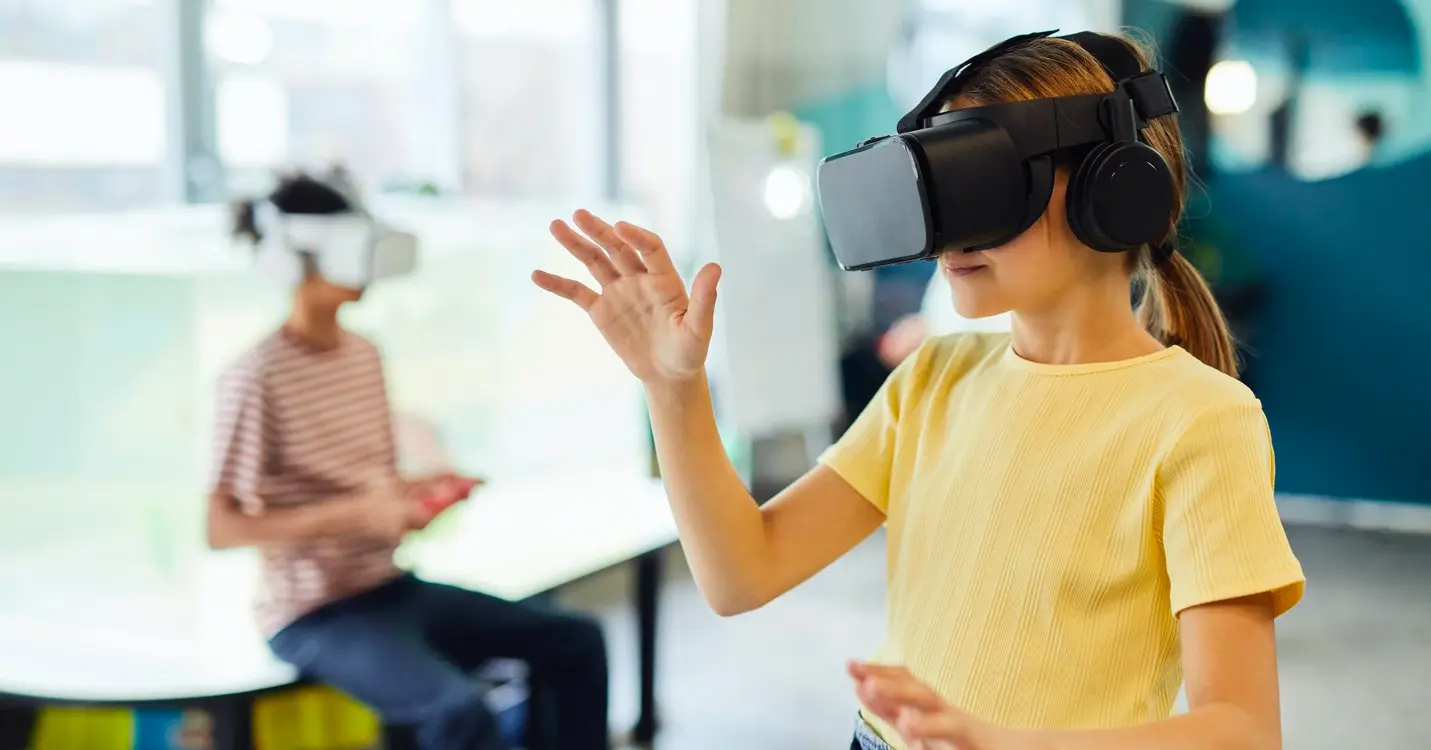
The devil’s in the distractions
Students with learning disabilities face extra barriers to learning. Students with ADHD, autism, etc. find it harder to tune out distractions and stay focused on the work that’s in front of them than other students do.
As teachers, we see firsthand how distractions impact and impair the learning of our neurodivergent students more than others. The fear of failure is a big deterrent to learning success. And we want to help remove that barrier.
We can break down this barrier to paying attention by introducing virtual reality (VR) in the classroom. VR provides a distraction-free learning environment. Are you curious how this will help your students in special education? Keep reading.
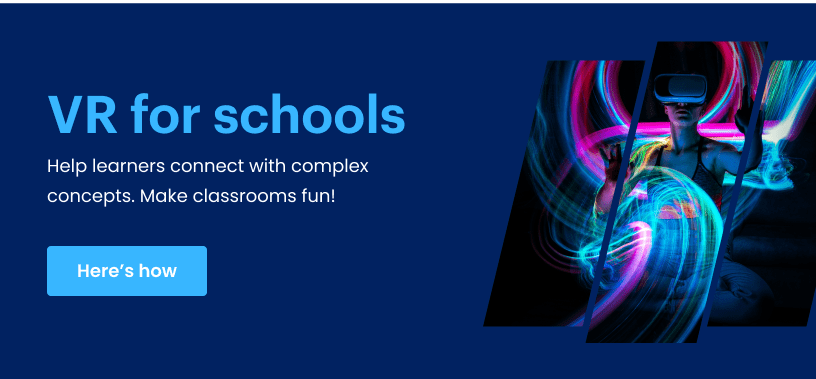
No more rushing to beat the clock
Running through a VR simulation doesn’t need to have a time limit associated with it, which is ideal for students with learning disabilities. It caters to their needs. While there is usually a set amount of time during the day that students are wearing the VR headsets, well-made learning modules follow an open-world principle of design in that students are free to explore at their own pace.
If a student struggles with reading comprehension and takes longer to process written information than their peers, it won't hold them back from accessing high-quality educational material or from being assessed. They can simply access the information and assessment portion at a later, at their own pace.
Students can experiment and make as many mistakes as they need in order to build a deeper connection with the material. This personalized learning experience is one of the great advantages of using VR in special education.
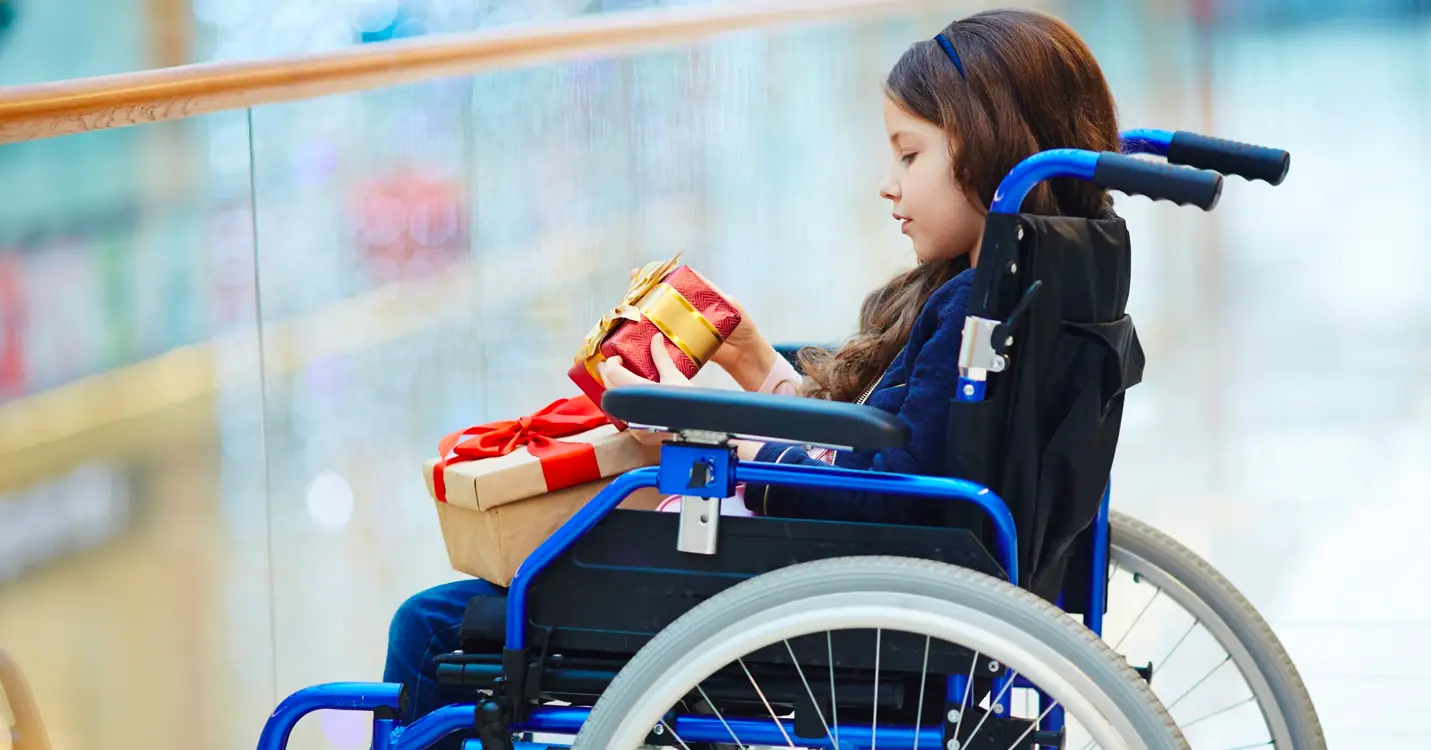
Reduced social pressure
When a student is wearing a headset for an immersive lesson, their visual field is totally engaged by the virtual environment, and they can’t see their classmates. While students can’t see their peers, they can take comfort in knowing that their peers can’t see them either since they’re all wearing headsets themselves. This elimination of visual stimuli can calm a student’s anxiety about being seen making mistakes. Students can be more comfortable with the social pressure to perform taken away.
The individual nature of VR allows students to make as many mistakes as necessary in the name of learning. Students in special education often require more time for lessons, so this feature is of particular value.
Creates a distraction-free environment
One of the big advantages of virtual reality in education, especially in special education, is the elimination of distractions that students face.
Wearing a VR headset interrupts interactions between students in the classroom. VR environments can control the visual and auditory stimuli that students are exposed to, which greatly reduces the number of distractions they face. Using VR can provide a space where students are exclusively attentive to the information in the module.
This self-paced, isolated environment offers students a judgment-free zone in which they can interact with content as much as needed in order to understand it.
VR makes learning fun
Have we mentioned yet that using VR is just plain fun? It’s worth saying. This is another one of the advantages of using virtual reality in education. VR makes learning a positive experience for students, which has been shown to increase their motivation to learn.
Well-constructed, immersive lessons are built to reinforce curriculum-aligned content. Changing a student’s attitude can be a big determining factor for long-term success. Introducing VR to reinvigorate lesson plans in special education can be a huge encouragement for students to want to engage with material in the classroom.
What about my students with sensory issues?
But wait—what about my special needs students who are sensitive to physical touch and would not wear a headset? Can we cater to their needs?
Sensory issues are common in special education. That’s why it’s vital to choose a virtual reality system that’s built specifically for education and is flexible enough to meet these needs because it has accessibility built into the design.
Choosing the right provider makes a difference
Take our VR system, for instance. Using it, students have the option of either wearing a headset or a head-mounted display, or they can use a personal computer to access the simulations—whatever they are most comfortable with. When all VR modules in the library are voiced, it helps those with vision and reading problems follow along. Having text on screen helps those with auditory issues.
The way that we navigate through virtual environments is perfect for special education students. The program uses a single controller to navigate the virtual space, which means that students wearing headsets physically stay in one spot while they move the joystick on the controller and turn their heads around to navigate through and engage with their virtual surroundings. This has been shown to be ideal for students with a range of mobility limitations.
VR makes special education teachers’ lives easier too
With well-constructed modules, built-in assessments record data that teachers have access to. This data gets relayed to a dashboard where the teacher keeps track of how students are progressing. This dashboard of analytics updates even after a headset gets used offline in a student’s home after school hours. It helps teachers stay on top of every student’s progress and enables closer tracking.
Integrating this technology relieves effort on special education teachers, who are already spread thin. It can be a real time-saver. If this is the future the robots want, let’s embrace it!
Using VR in the classroom not only keeps students on track because of the distraction-free environment it creates, but it also improves students willingness to participate in class.
Virtual reality should be used as a complementary teaching tool to bring life to special education classrooms everywhere and help special education students feel like the special students they are. This technology can make lessons more exciting and tracking more precise, all the while freeing up teachers to attend one-on-one with someone, which we know is so often needed in special education.
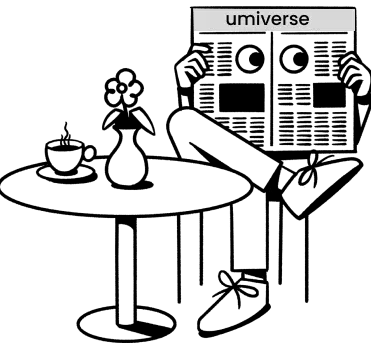
Get stories selected just for you, right in your inbox.

Get stories selected just for you, right in your inbox.
This might interest you

